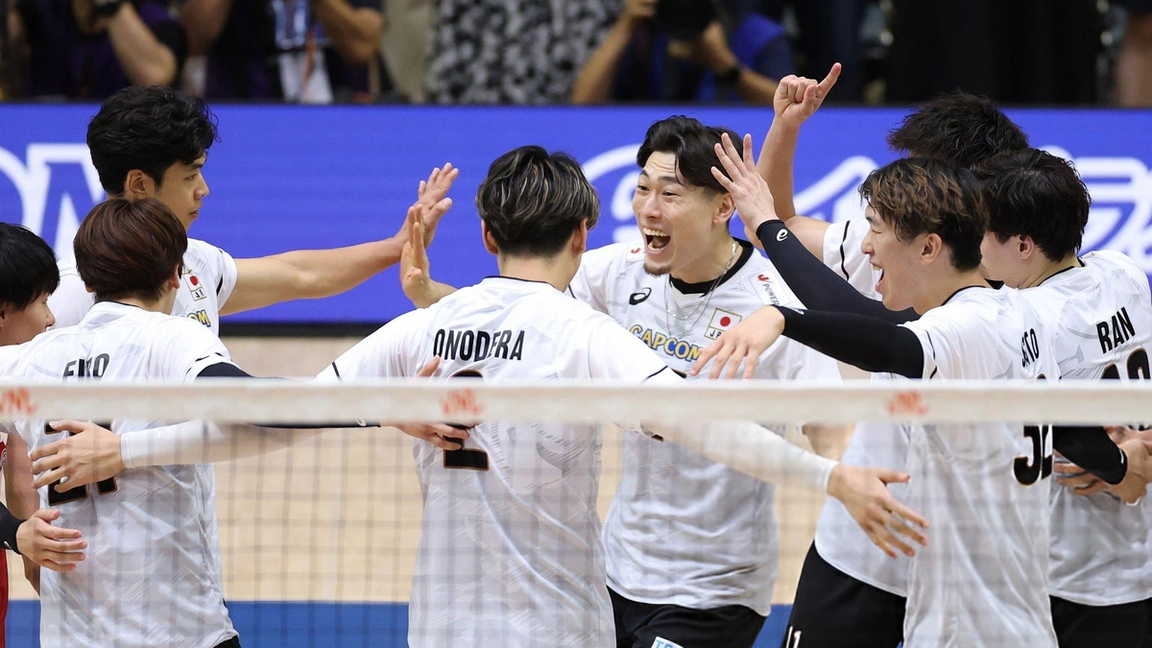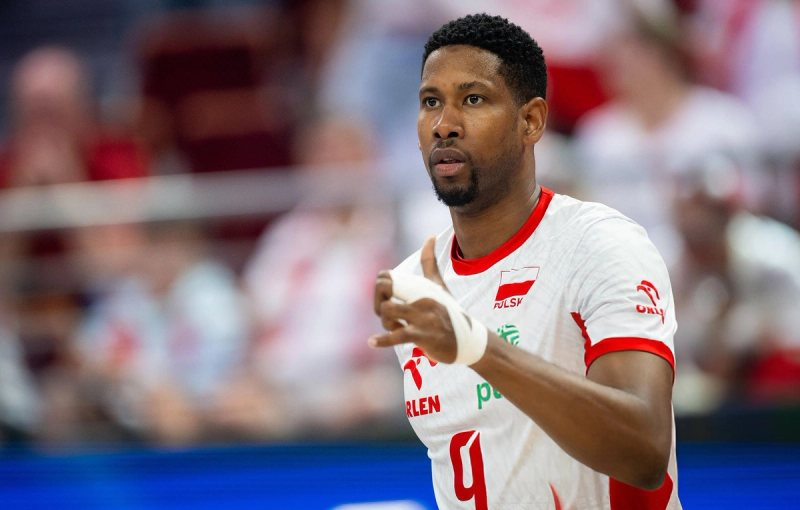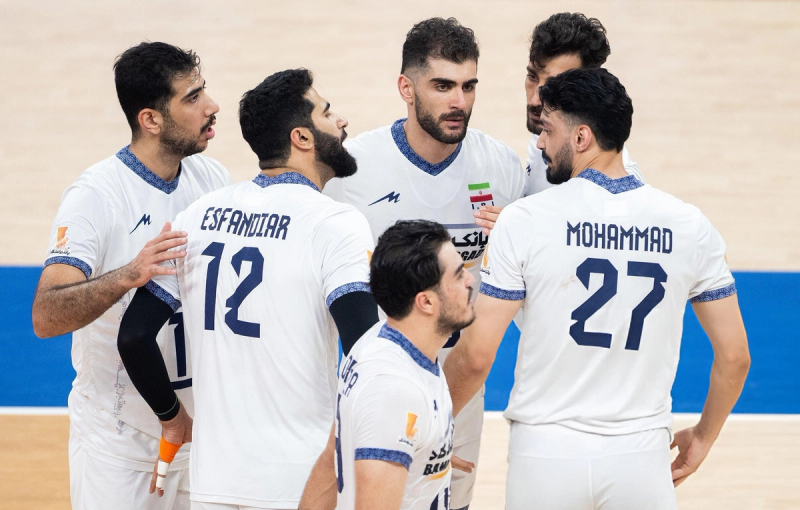
Make Volleyball Court Communication a Habit: Before, During & After Every Play

Matt Nikishin
•
6th August, 2025
🔄 Before the Play: Set the Stage for Success
Explanation
The moments before each serve are critical. This is when your team aligns mentally and physically to anticipate the opponent’s strategy. Consistent communication ensures no one is caught off guard.
- Begin by calling out hitter tendencies—for example, “She sees line from right side” helps position blockers and back-row defenders effectively.
- Use pass zone assignments such as “I’ve got the seam; you take deep short” to clarify responsibilities and avoid overlaps.
- Signal rotation adjustments with simple reminders like “We’re in 3-block” or “Setter in 1 tonight” to reinforce court structure.
✅ Bonus Tip: Assign a “Rotation Caller” each set—rotate who takes this role to develop leadership and game-sense across all players.
🚨 During the Play: Be Loud, Be Clear, Be Consistent

Explanation
Once the rally is underway, communication becomes your team’s backbone. Clear, timely calls prevent collisions and defensive breakdowns.
- A strong “Mine!” or “I got it!” prevents hesitation and shows court confidence.
- Immediate shot cues like “Tip!” or “Line!” help redirect teammates into position.
- Keep communicating through net and ball contact – shout “Help back”, “Base”, or “Reset” to maintain court balance.
✅ Bonus Tip: Create a “Two-Word Harmony” rule—everyone must speak two times per rally during practice drills to encourage regular vocal engagement, especially under pressure.
🔁 After the Play: Build Trust and Reset

Explanation
After each rally, even just a glance can communicate intention. But adding spoken reflection helps grow awareness and resilience.
- Ask brief reflective questions such as “Late on block?” or “Seam open?” to foster learning and adjustment.
- Provide fast acknowledgement—“Crush that dig!” or “Nice penetration!” builds positive reinforcement.
- Use a collective reset word (“Reset!”, “Eyes up!”, “Focus!”) to switch from reactive mode to the next play’s mindset.
✅ Bonus Tip: Pick a unique reset chant each week (like “Sync!” or “Lift!”) and use it consistently, embedding it as your team’s mental switching mechanism.
📅 Train Communication Daily: Consistency Breeds Results

Explanation
Court communication must never be treated like a secondary skill—it needs structure, repetition, and reinforcement.
- Make verbal cues mandatory in drills—no call, no play. It simulates in-game pressure and normalizes talking under stress.
- End practice with a “Talk Leader” award, recognizing who communicated best. This encourages chatter and visibility.
- Create a communication charter with 10–15 essential keywords (“Tip,” “Line,” “Mine,” etc.) and post it on your gym wall to reinforce consistency.
✅ Bonus Tip: Use “Communication Bingo”—a board with expected phrases (e.g., “Seam,” “Help,” “Reset”). Players check off phrases each practice; the first who fills a line gets a shoutout. It gamifies talking and keeps it fun.
✅ In Summary: Communication Wins Games
Court communication isn’t just chatter it’s your playbook in motion. By embedding clear, structured talk before, during, and after each play, and reinforcing it through daily drills, your team builds anticipation, unity, and resilience. Use your voice as your most powerful tool on and off the net.
Watch This Video to Unlock Team Success using Good Communication:
🎁 Free 15-Minute Expert Video Review
Want to uncover how effectively your team communicates under real-game pressure? Upload a recent match clip to Rewind and enjoy a personalized 15-minute expert coaching session that analyzes:
- Timing and clarity of calls
- Missed or delayed verbal cues
- Leadership presence and reactive communication
📥 Claim your FREE coaching review: 👉 https://www.tryrewind.co/
